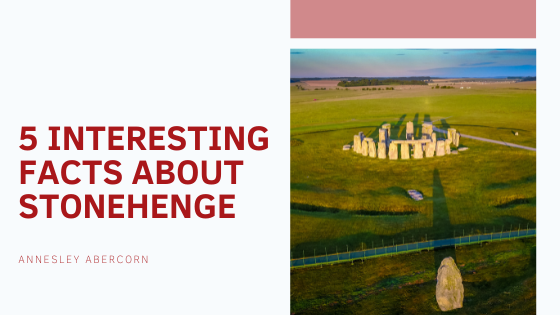Stonehenge is one of the world’s most famous historical sites, a prehistoric monument located in Salisbury Plain in Wiltshire, England. The well-known stone circle has a fascinating and mysterious past; it has been widely studied, yet numerous key questions still baffle historians. Read on to discover five interesting facts about Stonehenge.
Stonehenge was built in two phases, with construction ending during the late Neolithic period
The iconic monument now known worldwide has an interesting creation story. It was built in two stages: first, an earthwork ditch with inner and outer banks created around 5,000 years ago and later the stone structure at the centre of the monument, built around 2,500 B.C.
Stonehenge was once used as a cemetery
The earthwork portion of the monument contained 56 pits dug within the inner and outer banks, known as the Aubrey Holes, named after the man who discovered them. Archaeologists estimate that the area was used for at least 150 cremation burials between 3,000 to 2,300 B.C., making it Britain’s biggest cemetery from that time.
The central stone structure is an unsolved historical mystery
At the centre of Stonehenge stands a ring of 56 massive stone posts. The larger stones are sarsens, and the smaller are bluestones. Nobody knows exactly how the massive stones were brought to the site. Once they arrived, they were shaped with a variety of stoneworking techniques and arranged into the unique shape of the monument.
Charles Darwin once studied at Stonehenge
Famous naturalist Charles Darwin studied there in 1887 to investigate earthworms’ effect on ground-level objects over time. He studied how the worms affected one of the stones on the ground at the monument. Results of his research were included in his last book.
Stonehenge is only one among multiple similar monuments in Great Britain
Several prehistoric stone circles exist, of which Stonehenge is the most well-known. The largest known monument of this type is Avebury, located about 25 miles north of Stonehenge. The Avebury ditch encloses over 28 acres of land. As with Stonehenge, little is known about the various ways the people of the era used the stone circles.

